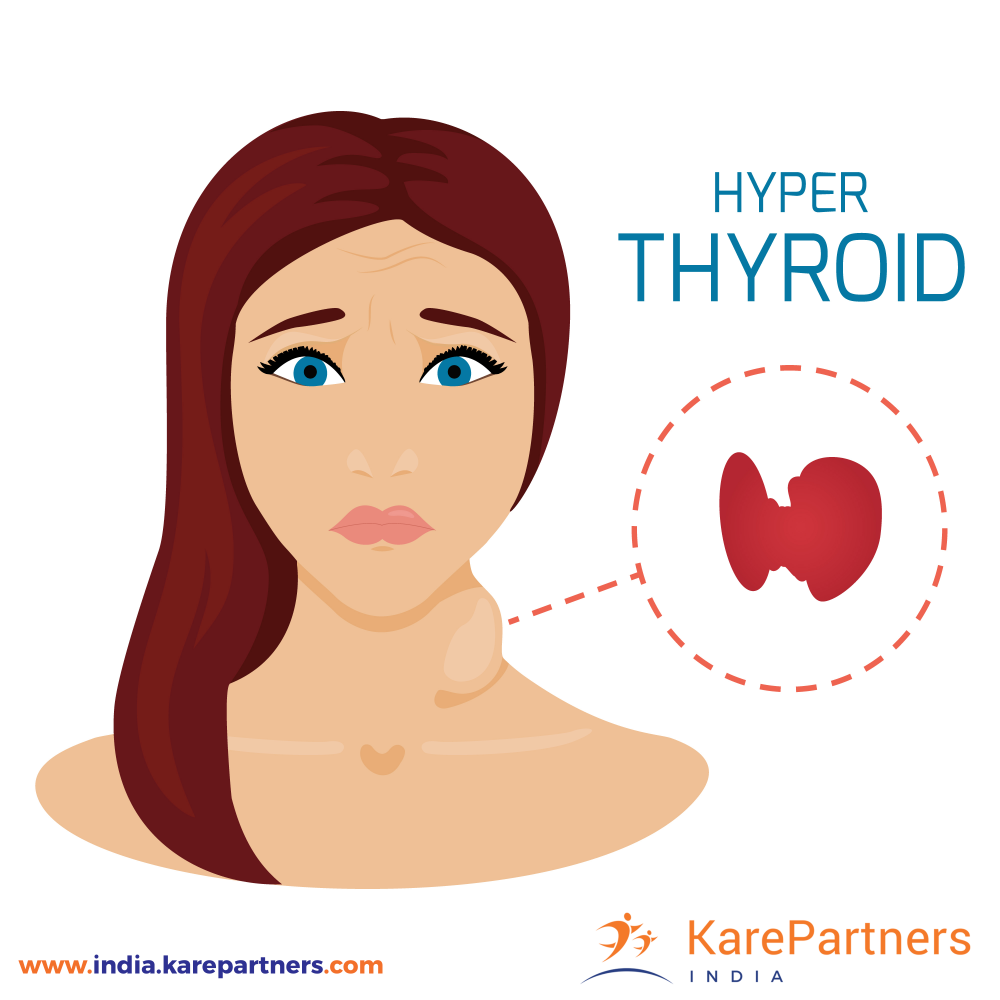Greetings to the couple for becoming pregnant! Many people are interested in knowing about the evolution of pregnancy inside the womb of a mother, and how baby progresses week by week over the coming months. At the astounding moment of conception – when the ovum of a female and the sperm of a male meet, a new human existence commences. From this moment on, it will take around 9 months for the baby to mature and after it, the baby is ready to be born.
There are 3 ways from which the baby comes into this world – early (premature), on time (born at the predictable time), or late (after the predictable due date). All babies, from conception till birth must go through the same growing stages – usually a 9 -month cycle.
Within twenty-four hours of fertilization, the ovum begins to split rapidly into numerous cells. It stays in the fallopian tube for about 3 days. The fertilized ovum (known as blastocyte) continues to split as it passes gradually through the fallopian tube to the uterus where the next job is to accord to the endometrium (a process known as implantation). Before this occurs, the blastocyte disrupts out of its defensive casing. When the blastocyte creates contact with the endometrial, an interchange of hormones helps the blastocyte confer. Some females notice spotting (or minor bleeding) for 1 or 2 days nearby plantation time. The endometrium thickens and the cervix is wrapped by a wad of mucus.
Within 3 weeks, the blastocyte cells eventually form a tiny ball or an embryo, and the baby’s Istnerve cells have by now formed. Evolving baby is called an embryo from the moment of conception to the 8th week of pregnancy. After the 8th week and until the moment of birth, developing baby is known as a fetus. The progressive stages of pregnancy are called trimesters, or 3-month periods, due to the discrete changes that occur at each stage.
Stages of Pregnancy and Fetal Development
Ist trimester
Ist month-
As the fertilized ovum develops, the formation of watertight sac occurs around it, slowly filling with fluid. This is termed as amniotic sac, and it helps to pad the developing embryo. The placenta which is round, flat organ also progresses. It helps in transferring of nutrients from the mother to the baby and transfers waste from the baby.
A basic face will form with large dark rings for eyes. The mouth, lower jaw, and throat will develop in this month. Blood cells will start taking shape and circulation will also start this month. The small “heart” tube will start to beat sixty-five times a minute by the end of the 4thweek. Baby growth- By the end of the 1st month, the baby is about 1/4 inch long – smaller than a particle of rice!
IInd month-
Baby will progress towards the development of facial features. Each ear starts as a little crease of skin at the side of the head. Little buds will form that ultimately develop into arms and legs. Formation of fingers, toes, and eyes will start in this month.
The neural tube (brain, spinal cord and other neural tissue of the CNS) is well shaped. Development of the digestive tract and sensory structure will begin. Replacement of cartilage with bone will begin in this month. Baby growth-By the end of the 2ndmonth, the baby will be about 1 inch long and will be weighing around 1/30 of an ounce.
Detection of the heartbeat can be done at 6th week. After the 8th week, the baby is termed as a fetus in place of an embryo.
IIIrd month-
Full formation of baby’s arms, hands, fingers, feet, and toes take place in this month. Now, the baby is able to open and close its fists and mouth. Fingernails and toenails will start to develop and the external ears are completely shaped. The gum starts to develop. Baby’s reproductive organs also advance, but detecting baby’s gender is still difficult with an ultrasound.
By the end of the third month, your baby is fully formed. All the organs and extremities are present and will continue to mature in order to become functional. The circulatory and urinary systems are working and the liver produces bile.
At the end of the 3rd month,
baby becomes4 inches long and weighs about one ounce. As baby’s most serious development has occurred, the probability of miscarriage dries significantly after 3 months.
IInd trimester
IVth month-
Baby’s heartbeat may now be easily heard with the help of Doppler. The fingers and toes are precise and defined. Eyelids, eyebrows, eyelashes, nails, and hair are shaped. Teeth and bones become thicker and denser in this month. In 4th-month baby can even suck its thumb, yawn, stretch, and make faces.
The functioning of the nervous system starts. Full development of reproductive organs and genitalia occurs, and gender can be detected by an ultrasound. Baby growth- By the end of the 4th month, a baby is about six inches long and weighs four ounces.
Vth month-
Movement of a baby can be felt in this month, since it is evolving muscles and exercising them. This first movement that the baby does is called quickening.
Hair starts to grow on the head of the baby. Baby’s shoulders, back, and temples get concealed by a soft fine hair known as lanugo. This hair protects the baby and is generally shed at the end of the baby’s Ist week of life. The baby’s skin gets shielded with a whitish covering known as vernix caseosa. This “cheesy” material is thought to defend baby’s skin from the long exposure to the amniotic fluid. This covering is shed just before birth. Baby growth-By the end of the 5th month, the baby is about ten inches long and weighs from 1/2 to 1 pound.
VIth month-
Reddish color of baby’s skin comes with veins visible through the translucent skin. Baby’s finger and toe patterns are now evident. The eyelids start to part and the eyes open. Baby retorts to sounds by moving or up surging its pulse. Jerking motions can be noticed if baby hitches. If prematurely, the baby may endure after the twenty-third week with serious demanding care. Baby growth-By the end of the 6th month, the baby is about twelve inches long and weighs about 2 pounds.
IIIrd trimester
VIIth month-
Baby will carry on to mature and develop stores of body fat. Baby’s hearing capacity is fully established. It deviates position recurrently and retorts to stimuli, including sound, pain, and light. The amniotic fluid starts to reduce.
Baby growth-At the end of the 7th month, your baby is about fourteen inches long and weighs from two to four pounds. If born prematurely, the baby would likely to endure after the 7th month.
VIIIth month-
Baby will continue to mature and develop stores of body fat. The baby starts to kick more as it grows. The arrangement of the baby comebacks as usual, with the head end at the lower pole of the uterus. This is known as cephalic presentation. Baby’s brain develops promptly at this time, and baby can see and hear in this month. Most of the internal systems are well established, but the lungs may still be undeveloped. Baby growth-Baby is about eighteen inches long and weighs as much as five pounds.
IXth month-
Baby continues to develop and mature: the lungs are almost developed. Baby’s reflexes are synchronized so it can blink, close the eyes, turn the head, grip steadfastly, and respond to sounds, light, and touch. Baby is absolutely complete and ready to enter the world!
Females can notice that baby’s movement lessens down due to tight space and baby’s position also changes for labour and delivery.Mostly baby’s head is downwards. Once the labour is instigated the fetus is passed out to the outside world through the birth canal. Baby is about eighteen to twenty inches long and weighs about seven pounds.
Best gynaecologist in Panchkula- Dr Shruti Gupta
Dr Shruti Gupta is one of the renowned and best doctors in her field of obstetrics and gynaecology. She has 11+ years of experience and really creates a good relationship with her patients.
The best maternity hospital in Chandigarh- Kare Partners Mother and Child
India’s leading series of woman and child healthcare hospitals has always been outstanding the right balance between the latest expertise and patient-centric approach. At Kare Partners, you find an atmosphere with hope, cordiality and a sense of comfort in the patients. They have some of the best doctors in town working devotedly to nurture quality and proficiency in healthcare.
Conclusion
Delivery, due or birth date is intended by approximating a forty weeks delivery date, calculated after the Ist day of the female’s previous/last period. This is a projected date; the normal vaginal delivery birth can occur certainly between thirty-eight and about forty-two weeks and is deliberated an early or late term pregnancy. However, most babies are delivered before forty-two weeks. Depending on various conditions and problems, the doctor may need to encourage labour and delivery in some females, while others may need a surgical delivery (Caesarean section or C-section). For most persons, especially Ist-time parents, the birth of a baby is a life-changing episode!
You can also check the best precautions to be taken for healthy pregnancy.


